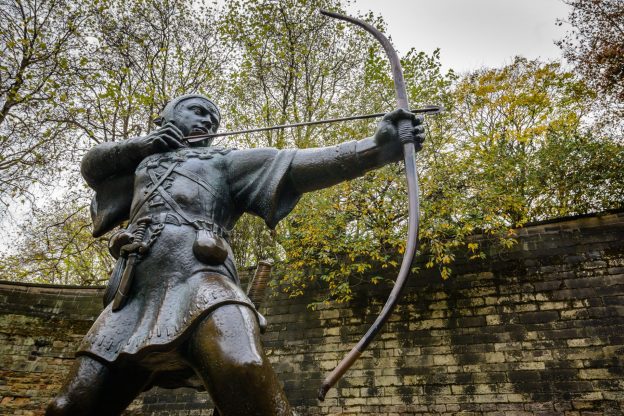Quite often, there is more to learn from failure than from success: this is as true of legal history as it is – according to much wellbeing advice – of life.
Today’s snippet is on a failure (of the legal historical, as opposed to the personal, variety: obviously none of those at all). It is something that caught my attention in an entry on the Gaol Delivery Roll for Nottingham for a session on 1st August, 1422.
The entry notes that a certain Thomas Othehill was arrested for the heinous offence of talking to another man, one Roger Caus. Now, you will be asking, how on earth could that be any sort of offence? Well, it couldn’t, as things turned out, but the accusation was an attempt to portray this as acting, in some sense, as a ‘receiver’ of Caus, who was some sort of ‘wrong ‘un’, having been indicted of un-named felonies, and outlawed. Formally, it failed because the indictment did not actually include the word ‘received’.
So, it didn’t work, but perhaps it does suggest a degree of uncertainty about the location of the boundary of ‘receiving’ conduct. Somebody at least thought that talking amounted to or indicated ‘receipt’. The idea behind this prosecution may have been something along the lines we might see in canon law regarding excommunication: the sanctioned person should be shut out by others. Common law, probably not surprisingly, seems to have set the bar rather lower, in terms of what was required of other people, in relation to an offender. Some degree of active help, as opposed to the psychological boost of a bit of chat and company, was required (or had to be alleged, at least). Passing the time of day with Robin Hood would have been OK then. If he had existed.
GS
21/5/2022
Picture: Robin Hood Statue, Notts, Photo by Steve Harvey on Unsplash

